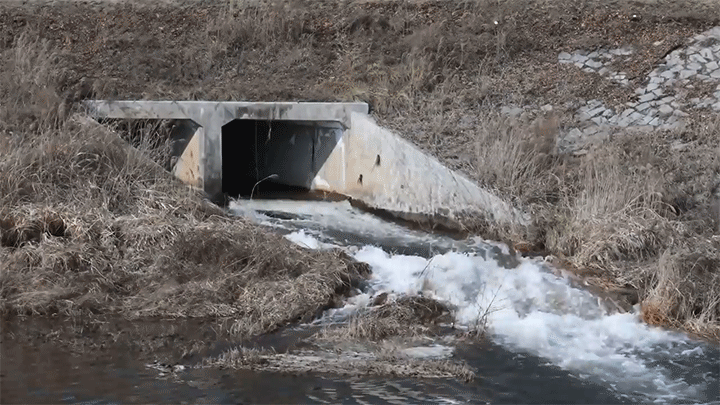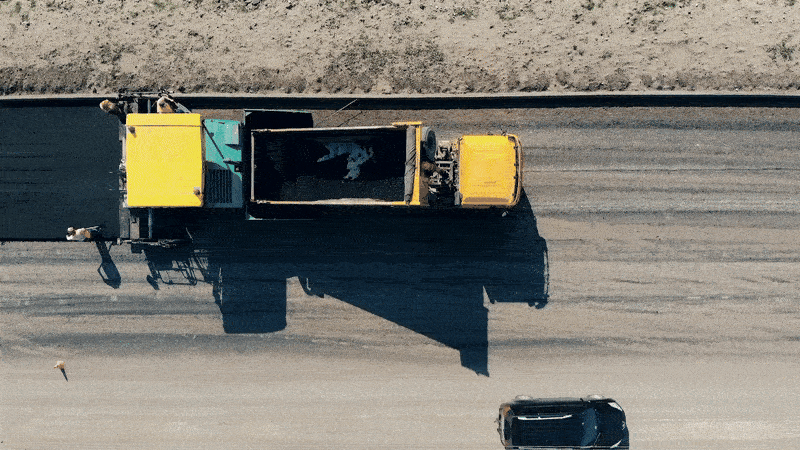PERL Lab
Project Execution Risk Laboratory

Vision
The vision of the PERL Lab is to create a new paradigm for successful project delivery in the built environment.


PERL improves the design, construction, and maintenance of the built environment by partnering with public agencies and private industry to conduct groundbreaking research that examines what makes projects and asset management successful. We do this by focusing on delivery team alignment and risk management as fundamental to success.
Research
Finite Element Analyses and Crash Testing
NYSDOT enlisted C2SMART and industry partner Calspan to perform finite element modeling (FEM) and MASH crash testing on its hardware to confirm that the designs were compliant and realizing their intended (life-saving) role. Project tasks included modeling and crash testing an extensive list of specific safety hardware. If any were found to be non-compliant with the 2016 MASH, the C2SMART team was able to provide modification recommendations backed by the modeling results.

Large Culvert Network Resilience Metric

The purpose of this study was to develop a system-level assessment of NYSDOT culvert infrastructure resiliency. To achieve this, the research team conducted a thorough literature review, summarizing the methods that are available to calculate culvert resiliency. They then developed hydrological models for the wide range of catchments that are served by these culverts.
Capital Program Resource Model
NYSDOT sought a team to develop a Capital Program Resource Model (CPRM) to forecast resource requirements (FTEs) for Capital Program delivery. Project tasks included generating project types for the entire program, classifying staff by categories, developing a model of FTE staff requirements, compiling peer resource delivery needs as reference, testing the model with historical projects, assigning delivery mechanisms to projects, and documenting the model logic and output.

Public Infrastructure Focus
Over recent years, New York state agencies have sought out innovative coping strategies for modern phenomena, such as an increased rate of severe storm events. Teaming with research teams like C2SMART, academia, agency, and industry are working to connect theory with on-the-ground experience, all while building trust and working toward clear project goals.
For example, the NYS Department of Transportation has a well-developed inventory and inspection system for large culverts, but lacks a network-wide assessment of the hydraulic capacity or resilience of this system. Partnering with Prof. DarConte and C2SMART researchers, NYSDOT endeavored to develop an individual resilience metric of some type for each such structure in their network. This may take the form of a hydraulic demand/capacity ratio, return period for passable flows or some other suitable metric. The purpose of this is to provide a new tool aide in better prioritizing capital program investments in a manner that improves system resilience at both a site and network level.

Media & Publications
- All
- Gallery Filter





